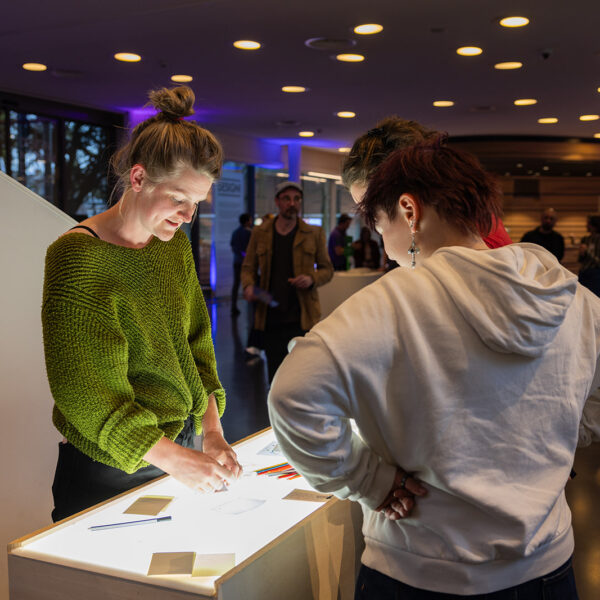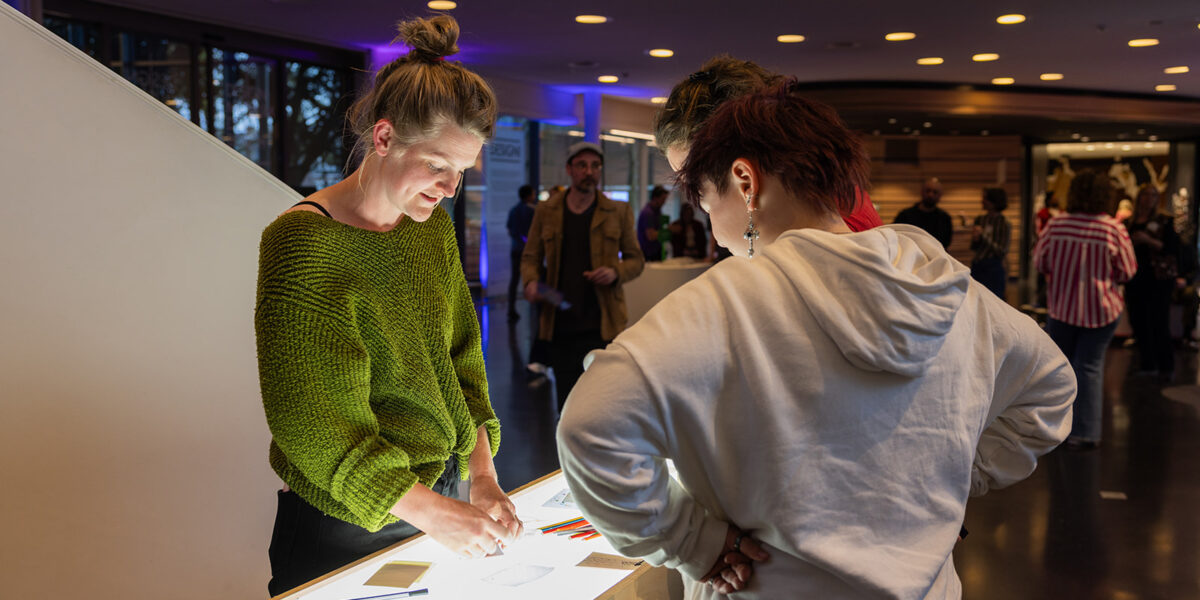Women as technology
Visiting time: ●●● Long (90 minutes)Why do virtual assistants like Siri, Alexa and Cortana often have a female-sounding name and voice? Why was it that in the 1940s computer calculating power was expressed in ‘girl hours’? And should we worry about the development of sex robots and ‘AI girlfriends’?
Women as Technology explores the intersection of femininity and technology using pole-dancing robots, quasi-erotic anatomical models and kitchens designed specifically for women. Meet ELIZA, the first therapeutic chatbot from the 1960s, or Nancy, the embroidering lady robot from 1925, who gracefully flutters her eyelashes and demurely crosses her ankles. The exhibition presents over 200 objects that show how technology is rarely neutral and always reflects prevailing social views, especially when it comes to women. Women as Technology is an exhibition for tech fanatics, feminists, lovers of design and anyone who has ever wondered why we pretend technology is basically a male thing.

Calculators, homemakers, incubators and pleasure machines
Women as technology presents four potential roles for women that are as significant as they are problematic: women as homemakers, women as calculators, women as incubators and women as pleasure machines. The exhibition highlights the ambivalent relationship between women and technology and how these roles have in part been shaped by it. Technology itself is far from neutral in this regard: its development invariably reflects prevailing social attitudes. At the same time, you will discover the important contributions that women have made to the development of technology in the home, in computing, in the medical discipline of fertility and in the sex industry. We present current societal issues and structures, venture back in time and speculate about the future.
Unique objects in Design Museum Den Bosch
The exhibition features a number of unique objects, which together tell the complex story of women and technology.
You will meet Lexie, for instance, the digital classroom assistant designed to support teachers. Her voice is friendly and patient, her face clearly feminine. Through Lexie, children grow up with AI systems that are not only helpful, but which also replicate and embed notions of gender and subservience. So what will they learn about work, gender and authority, when the AI in question is solicitous and feminine, but never answers back?
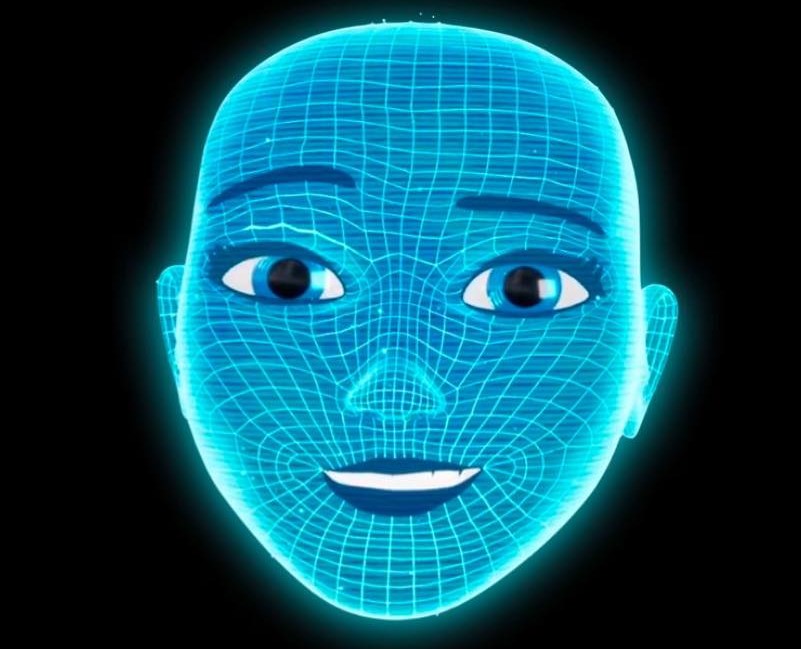
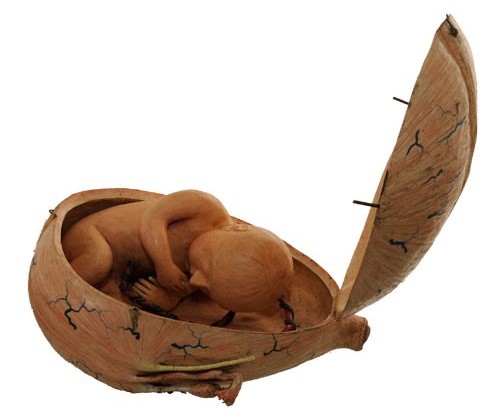
You will also see an 1875 pregnancy model made of papier-mâché by the French doctor Louis Auzoux. It is a stylized and isolated representation of the womb, but where is the actual woman? The model reflects medical and societal attitudes towards reproduction at the time.
The museum has purchased Harmony and Tanya – two sex robots from the RealDoll company – specially for this exhibition. They are hyperrealistic female bodies that can be customized and programmed in detail. With silicone skin, speaking faces and built-in AI, the dolls are designed not only to fulfil sexual desires, but also to listen, learn and respond.
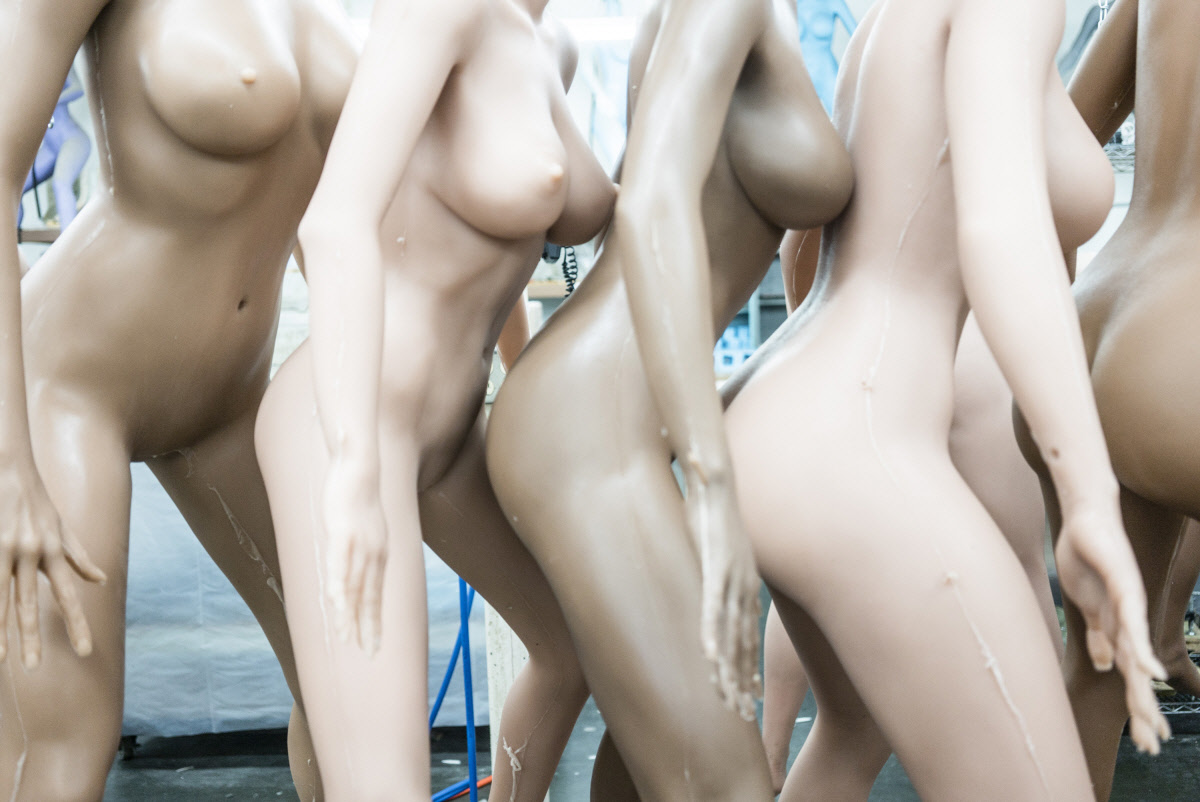
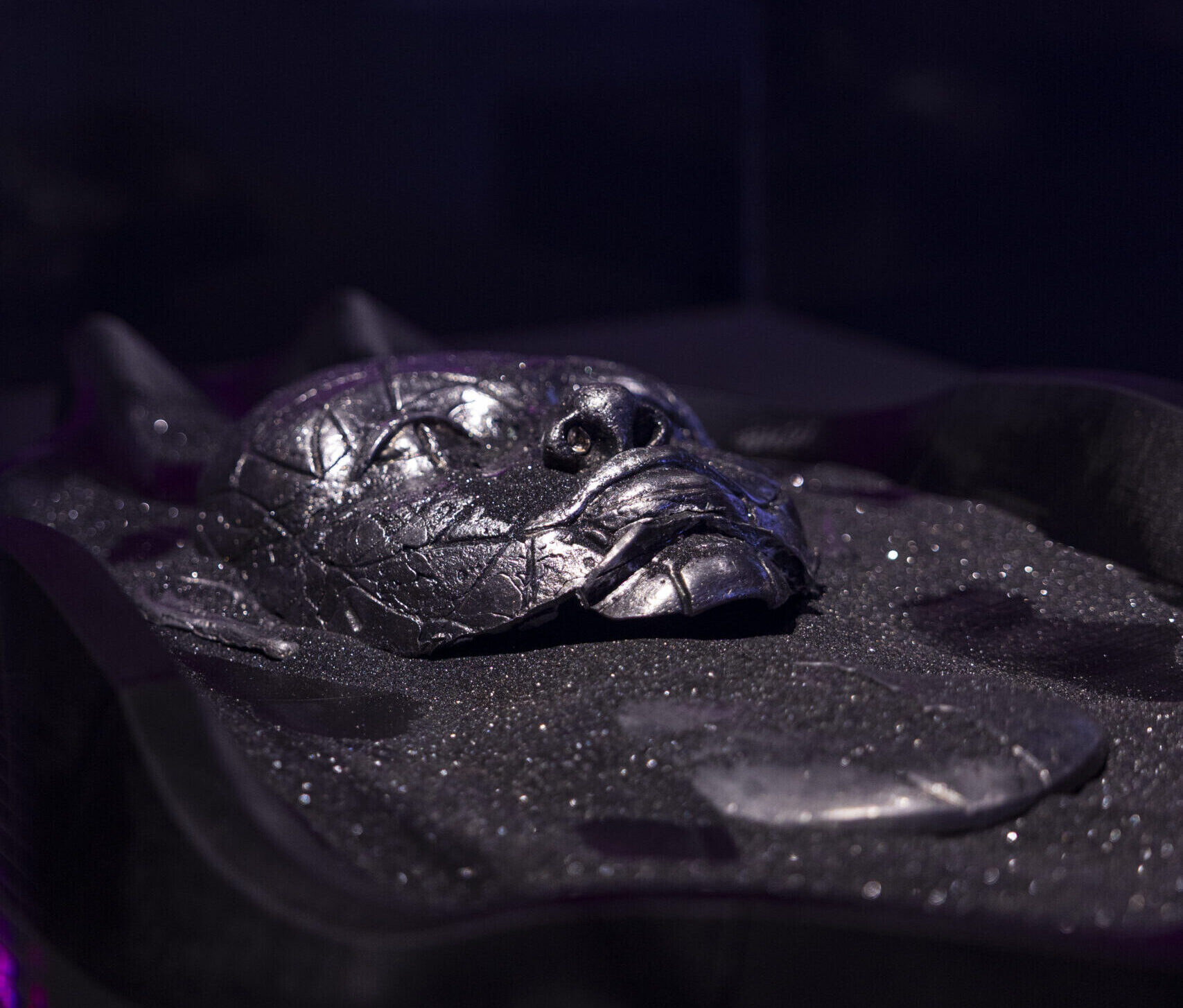
The exhibition likewise includes work by Loan Favan, a young artist and designer from New Caledonia. She presents her new project P’AROWO NO ORORÉ (Faces of Tomorrow; in collaboration with Stefan Boerkamp), in which she challenges stereotypical depictions of cyborgs. These taut silver robot bodies are often clearly modelled on Western ideals of beauty. What might a cyborg look like that is based on marginalized groups in our globalized world?
For the true tech fanatics, meanwhile, we have the giant IBM 1404 – the first commercially successful computer, which was launched in 1959. Before then, business calculations were often performed by women and were not valued very highly. But the computer triggered a symbolic reassessment: the machine and the work done on it became important and hence ‘masculine’.
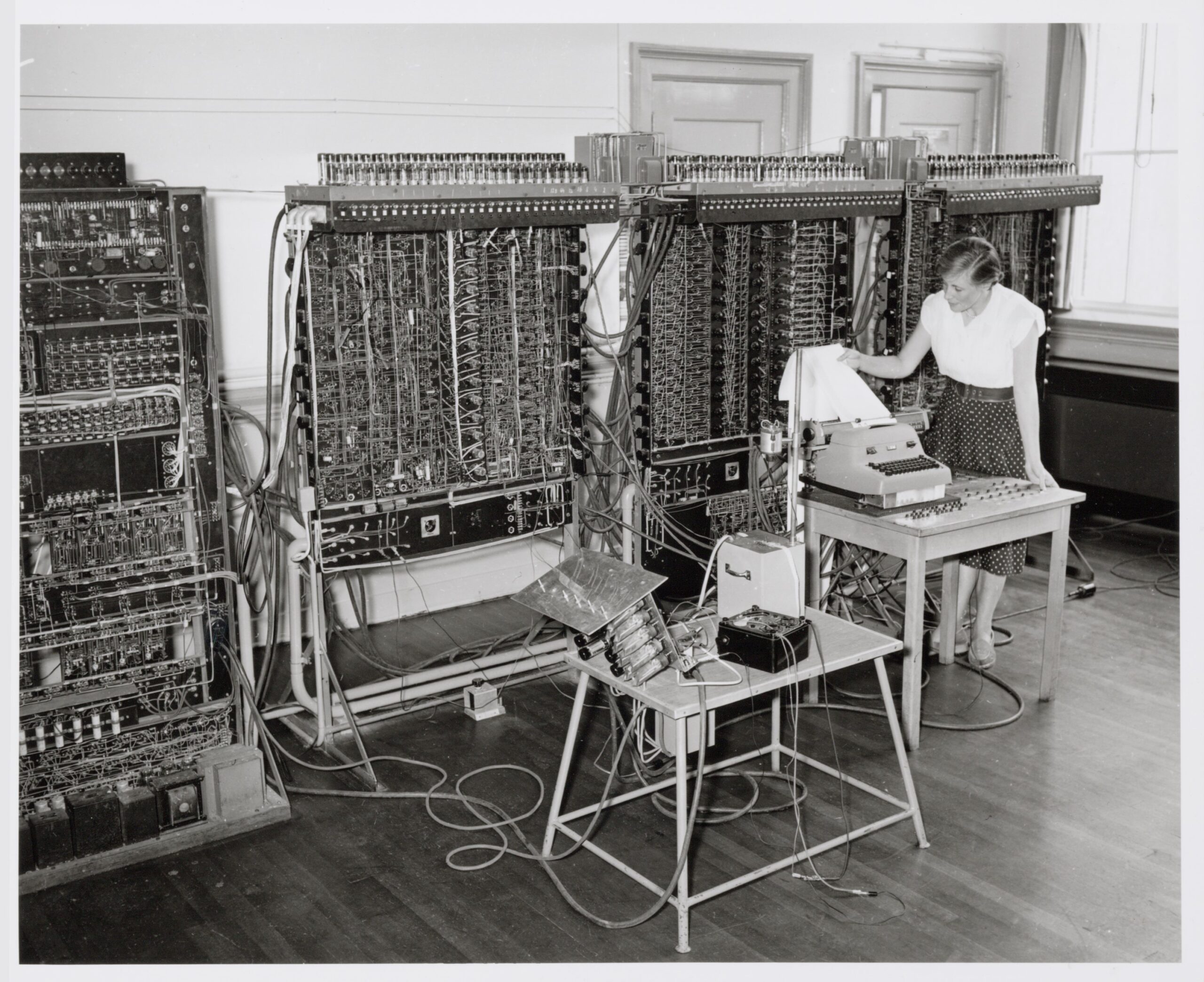
From August, in the exhibition Women as Technology: Talking Books
The installation Talking Books lets books speak. They whisper to attract visitors and pique curiosity. Built-in screens reveal stories, facts, and playful clues—not only to inform, but also to evoke wonder and invite discovery.
Each book is connected to a larger collection. Every time you pick up a book, ask a question, or respond to a clue, that moment is documented. Over time, these interactions form a living history. In this way, the boundary between the collection and the public blurs, and the object transforms from a silent witness into an active storyteller.
Talking Books was created by Lars van Vianen and Chris Kievid, Designers in Residence at Design Museum Den Bosch. They explore the opportunities, possibilities, and pitfalls of interactive digital presentation formats within the physical space of the museum. This project was made possible with the support of Cultuurloket DigitALL.
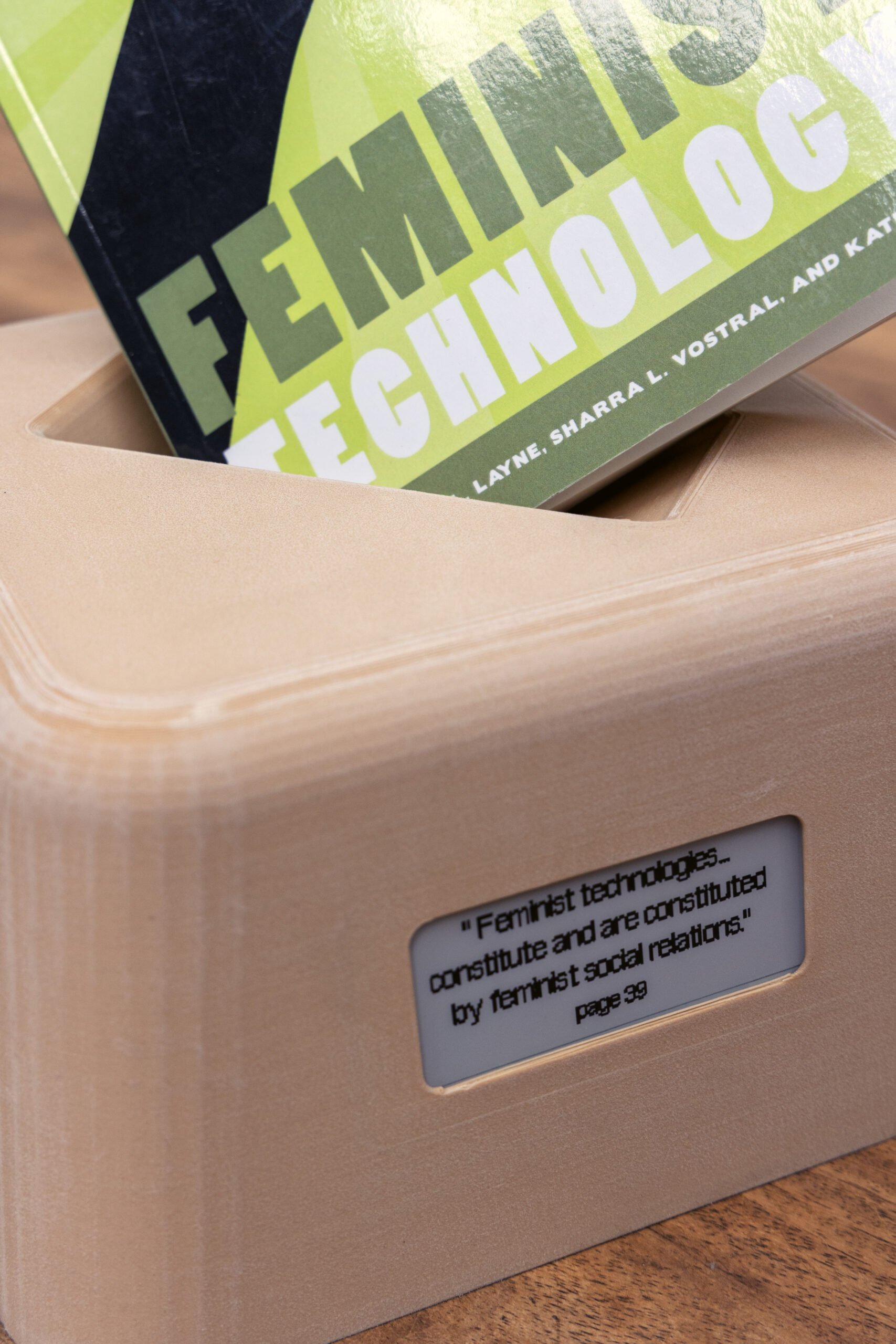
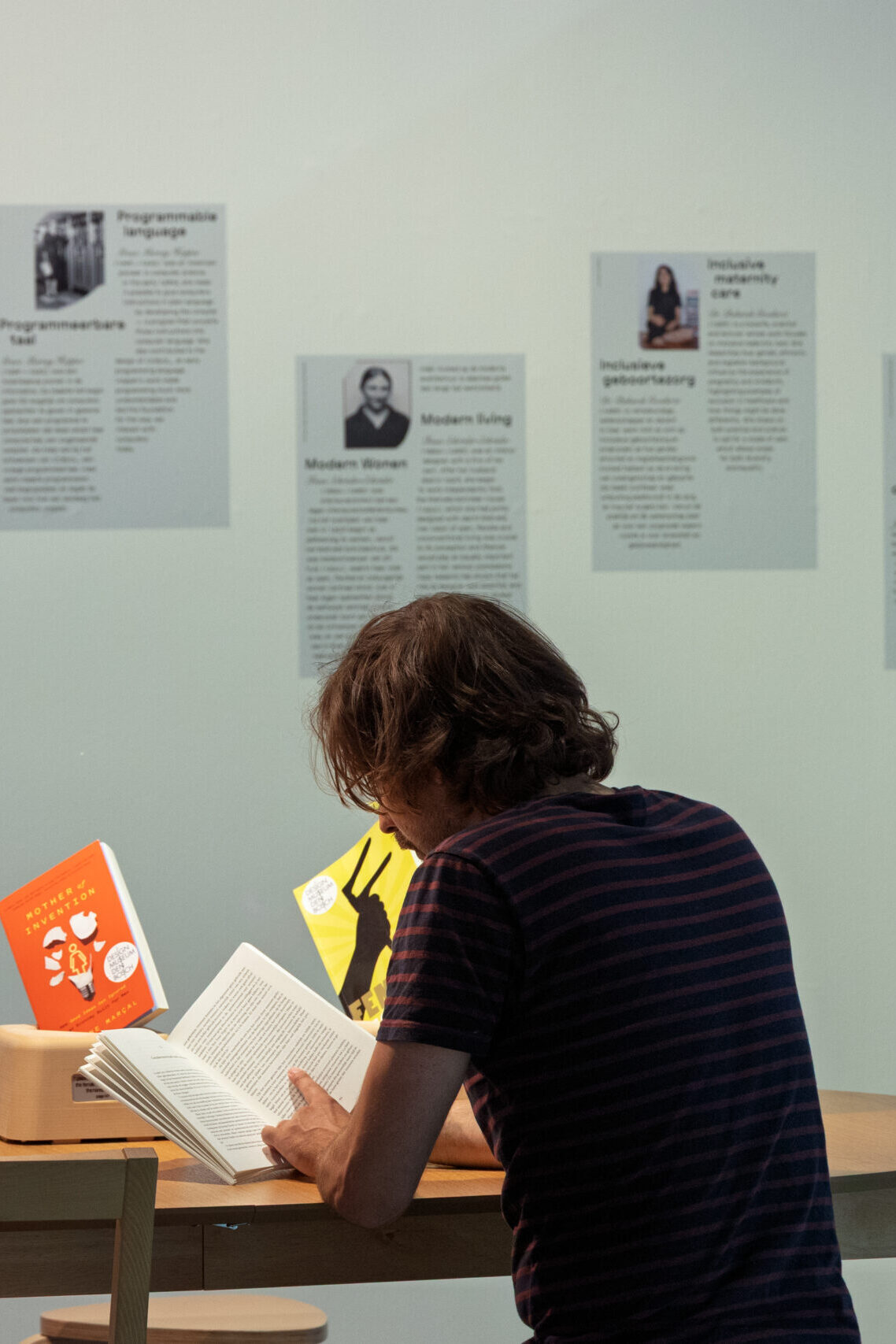
Posthuman
Welcome to the Third Floor, where we take the themes explored in our exhibitions to a new level. Do you wear glasses? Do you have contact lenses or a pacemaker? Do you use DigiD? If so, you’re already part-cyborg and have taken your first steps in the ‘posthuman’ era. Discover how designers, artists and scientists are thinking about the future of the human body.
This exhibition was curated by curator Anne-Karlijn van Kesteren and head curator Yassine Salihine, with support from the advisory group. The exhibition design was created by Setareh Noorani and Jelmer Teunissen. The graphic design and campaign image were designed by NM Studio, and the lighting design was done by Studio Warmerdam.
The exhibition has been made with the support of Mondriaan Fonds,

Cultuurfonds,

ASML X Brabant C

Stimuleringsfonds,
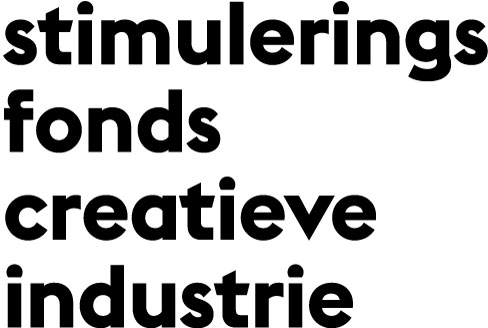
the municipality of ‘s-Hertogenbosch,

Province Noord-Brabant,

Zaaier foundation,

the Friends, Members and Patrons of the museum and Club Design.
